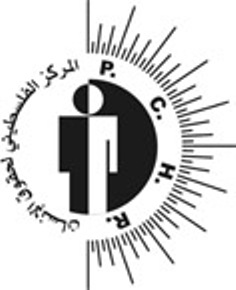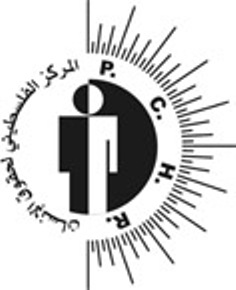Tag: Palestinian Centre for Human Rights
-
Israeli naval forces chased Palestinian fishermen and confiscated their fishing equipment in the Gaza waters
19th December 2013 | Palestinian Centre for Human Rights| Occupied Palestine Israeli Naval Forces stationed off Beit Lahi shore in the northern Gaza Strip opened fire at Palestinian fishing boats in 4 separate incidents while sailing between 600 meters and 3 nautical miles. Israeli naval forces also confiscated 24 fishing nets. The Palestinian Center for Human Rights (PCHR)…
-
Under Israeli fire, Gaza fishermen plan protest tent to “free the Holy Land sea”
12th December 2013 | Free the Holy Land Sea | Gaza, Occupied Palestine For Immediate Release Contacts: Zakaria Baker (Arabic) zakarea-1010@hotmail.com Khalil Shaheen (Arabic, English) khalilshaheen@yahoo.com On Tuesday, 17 December, Palestinian fishermen will pitch a protest tent in the Gaza seaport. The structure, which will stand for three days and be decorated with pictures of fishermen attacked…
-
In an excessive use of force, Israeli forces kill Palestinian child in al-Jalazoun refugee camp, north of Ramallah
8th December 2013 | Palestinian Centre for Human Rights| Occupied Palestine According to investigations conducted by the Palestinian Center for Human Rights (PCHR), at approximately 16:30 on Saturday, 07 December 2013, dozens of Palestinian children gathered at the southern entrance of al-Jalazoun refugee camp, north of Ramallah, near the UNRWA school, nearly 300 meters from the…



